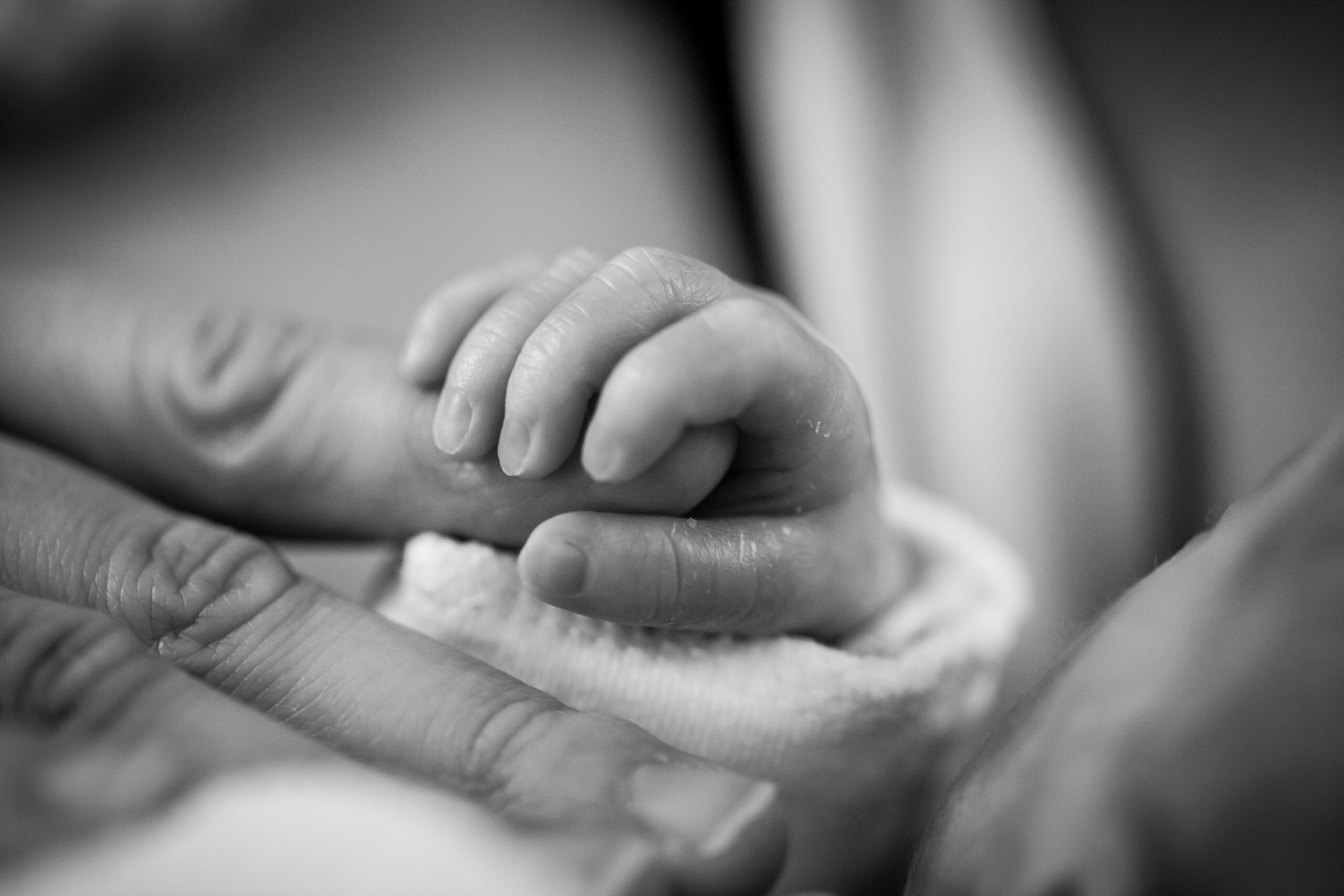Most of the ceremonies celebrating the birth of a daughter that have been popular in Israel and outside of Israel in recent years fit into one of a few basic structures. Some people combine different aspects from different options, choosing the customs and traditions that seem most meaningful to them.
A feminized version of Brit Milah – Ceremonies that fall into the first category are designed so as to resemble as closely as possible the ceremony of Brit Milah, with the exclusion of the surgical procedure. This ceremony takes place on the eighth day after birth; it includes ‘kvaters’ who will carry the baby on a pillow, as well as a ‘sandak’ or ‘sandakit’ (female sandak) who hold the baby on their knees; a ‘Chair of Elijah’ is used, or a feminine equivalent – ‘Chair of Miriam/Devorah’; Most of the verses recited at a Brit will be recited here, with the substitution of the feminine form, and the newborn will be blessed, ‘As she has entered the Brit (covenant), so she shall enter a life of Torah, the marriage canopy, and good deeds.’ In addition, the baby will be named according to the formula that is customary at a Brit Milah.
A ceremony that is composed of content-based units and sources – A second category of birth ceremonies for a daughter is one in which the parents design an original ceremony in honor of their daughter. In general, the ceremony will consist of a welcoming of the new baby, words of praise and gratitude to God over the wonder of birth, the naming (if she wasn’t named previously), recitation of verses, offering of blessings to the baby, the new mother’s recitation of Birkat Hagomel, tree planting, a banquet, as well as speeches and poetry selections that are integrated within the ceremony.
An initiation ceremony that revolves around a central theme – A third class of ceremonies are induction ceremonies that symbolize the baby’s change of status and her inclusion within the covenant. These ceremonies integrate certain components of the other structures, but they revolve primarily around a central theme and generally also include a physical active component.











